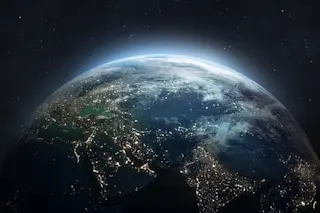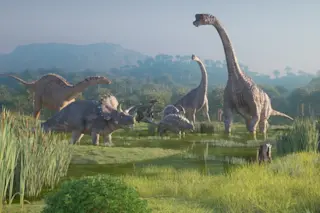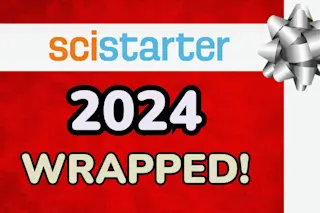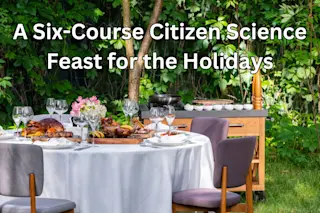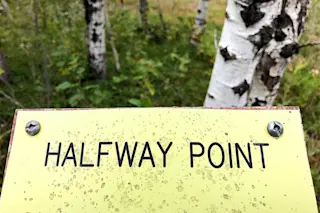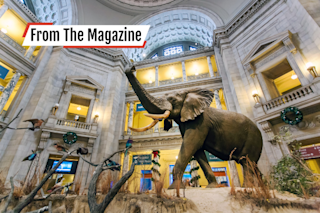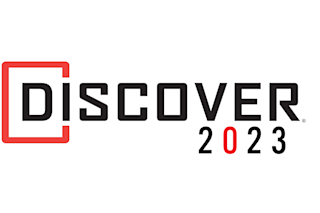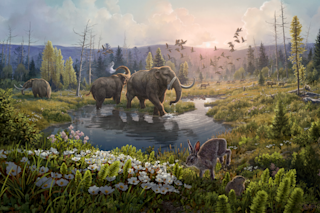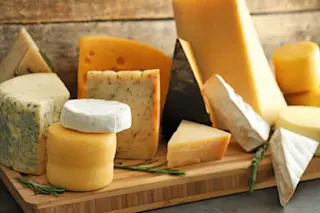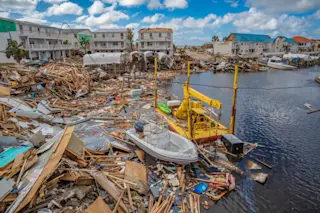By: Dr. Libby Ellwood Each year, millions of people flock to natural history museums to see examples of plants, animals, gemstones and more from places around the world. But what those visitors *don’t* get to see are the countless additional specimens behind the scenes. These specimen collections, housed at museums, universities, and other institutions, are an invaluable resource for understanding biodiversity around the world over long spans of time. Yet billions of these specimens lie tucked carefully away in cabinets and shelves, largely inaccessible to all but the few researchers with the means to view these collections in person. This makes the valuable data contained in and on those specimens difficult to search for, compromising their usefulness in research and education.
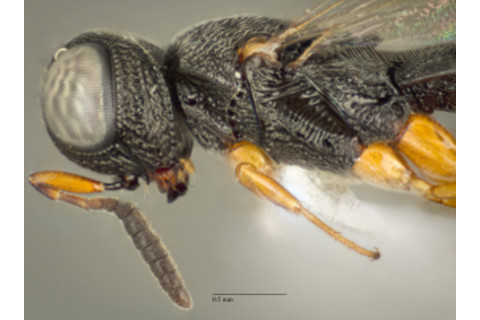
Oxyscelio longiventris. Credit: Norman Johnson, http://specimage.osu.edu/getImageInfo.html ?image_id=13970 Thankfully, global efforts to digitize specimens are making biodiversity data available to anyone with an Internet connection. And that’s where you come in! Citizen scientists can help biodiversity scientists and collections managers by transcribing specimen information, thereby contributing to the growing databases of accessible biodiversity data. One such effort is WeDigBio, Worldwide Engagement for Digitizing Biocollections, an annual global event that involves citizen scientists in transcribing data from specimens in natural history collections. Many research projects have used specimens to study everything from climate change to invasive species, and disease spread to phenology. Much of this work has been done with the specimens themselves, as opposed to a digital record. However, when digital specimen information is available, researchers can extend their work deeper in time, across broader geographies, and inclusive of more taxa; all with a quick online search and without the extra costs associated with traveling to collections in person.
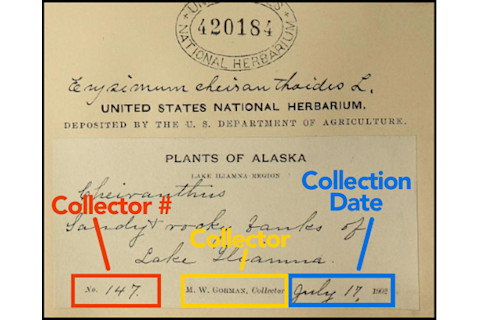
An herbarium (plant) specimen label and how the information is interpreted to fit various fields. Credit: https://transcription.si.edu/instructions-botany While certain digitization tasks, such as specimen imaging, aren’t conducive to online assistance, tasks such as transcribing label information are perfect for the virtual crowd. Transcription involves reading a label, deciphering the text, and typing the information into specified fields on a digital platform (see image on left). Several online tools have been developed to enable this process and thousands of citizen scientists have completed labels with these tools! In 2015, a group of individuals in the specimen digitization community thought it would be fun to organize an event where citizen scientists around the world could complete online transcriptions together, and thus was born WeDigBio. In this annual four-day event, participants can join others at institutions such as museums and universities, or can transcribe on their own. At onsite events, participants often have the opportunity to hear a talk from a researcher, get a behind-the-scenes tour of the collections, play games and win prizes, and interact with participants at other events around the world. Regular activity on social media and on the virtual meeting space Sococo, allows participants to interact, share photos and highlights, present challenges to each other, and just to say “Hi!” regardless of whether or not they are at an onsite event. Each year, WeDigBio starts on the third Thursday of October. This year, the dates are October 19-22, 2017. Onsite events will be posted on SciStarter, complete with directions for how you can join. If you don’t see an event near you, you can contribute directly to the online transcription platforms that are affiliated with WeDigBio. Each platform hosts different transcription projects, so have a look at each and find your favorite: CitSciScribe: transcribe specimen labels from organisms of the southeastern United States with the North Carolina Museum of Natural Sciences DigiVol: global biodiversity crowdsourcing with the Australian Museum and Atlas of Living Australia DIY History: transcribe egg cards from the late 1800s and early 1900s at the University of Iowa Libraries Les Herbonautes: transcribe and georeference plant specimen labels housed at the National Museum of Natural History, Paris, France Notes from Nature: annotate and transcribe global biodiversity specimens and labels with Zooniverse Smithsonian Institution Transcription Center: transcribe texts and specimen labels from the s Smithsonian Institution National Museum of Natural History’s collections
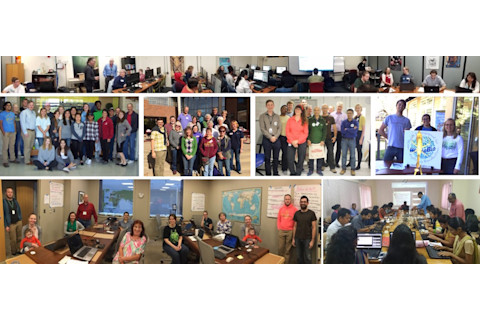
You can learn more about WeDigBio at wedigbio.org, and through our Twitter and Facebook pages. During the event, all of these pages will be abuzz with updates and activity! For a glimpse at past year’s events, check out our summaries from 2015 and 2016. If you’re curious about hosting an onsite event, this year or in the future, sign up to be added to our email list or feel free to email us.
Dr. Libby Ellwood is a research fellow at La Brea Tar Pits & Museum in Los Angeles, CA. Want more citizen science? Check out SciStarter's Project Finder! With 1100+ citizen science projects spanning every field of research, task and age group, there's something for everyone!



